When we talk about bullies, we typically place them at school. Bullying in school and its devastating impact on those who are bullied has made its way into mainstream consciousness.
But, bullying doesn't stop at the school level. In one study, nearly 40 percent of respondents reported having experienced at least some form of bullying at work (International Journal of Stress Management, August 2012).
If you've sat up nights, queasy at the thought of going to work, or are sinking into a bad place emotionally when you think of work, you may be experiencing symptoms of workplace bullying. Because we typically associate bullying with school, not work, we often overlook it when it happens.
Bullying in the workplace can take many forms, including exclusion, verbal abuse, sexual intimidation, threats and ridicule. Common and somewhat insidious forms of workplace bullying include gossip, unnecessary criticism, wrongful judgment and unpleasant job assignment.
Like students, workers suffer from health problems when bullied. Bullying can be considered an extreme form of social stress. In the study mentioned above, those who experienced bullying most frequently also were most likely to become anxious or depressed, have poorer well-being and miss more work. Bullying may also impact how you cope with problems, which can have further impact on your health, well-being and job performance.
Coping
How you cope with the stress of bullying can have a significant impact on your mental and physical health. To understand possible coping strategies, it's helpful to break them down into two categories: active, or problem-solving coping -- these strategies are aimed at solving the problem; and passive, or emotion-focused coping -- strategies focused on avoidance, distancing oneself (as an extreme example, substance use would be distancing oneself from the problem), or putting a positive spin on the problem. A third coping strategy involves seeking social support, which requires you to seek information and help from others to solve the problem.
Coping has an impact on your health. Active coping typically has a positive impact on health, while passive coping can add to health problems. The problem with active coping, when it comes to bullying, is that it is usually used when people believe they can have an impact on the situation. Victims of bullying are so often in inferior work positions to the bullies and, as a result, view the situation as out of their control.
There are no easy answers when it comes to bullying at work. However, beginning to investigate the impact of bullying and the environment that tends to lead to bullying can help employers, like schools, target bullying behavior and make changes.
Click for more about my new book, The Stress Response, or here to sign up for stress reduction tips.
For more by Christy Matta, M.A., click here.
For more on emotional wellness, click here.